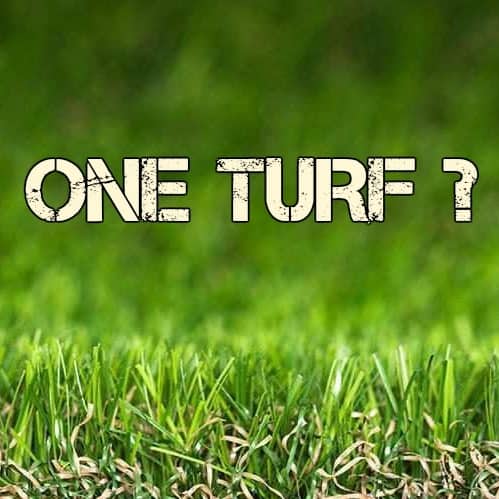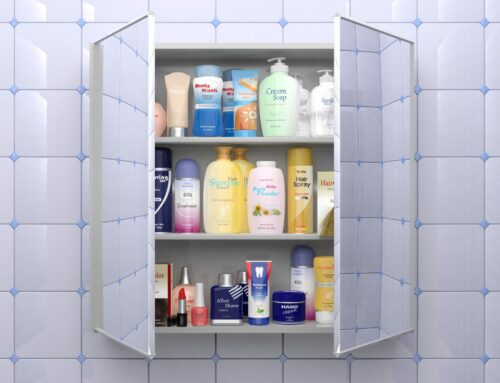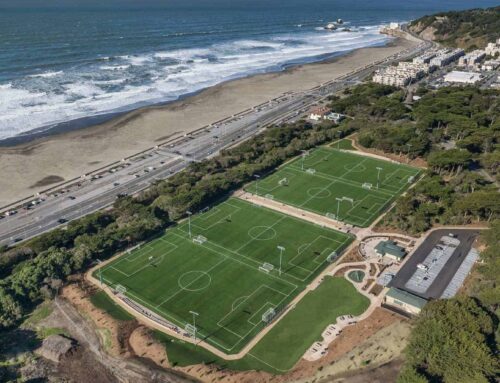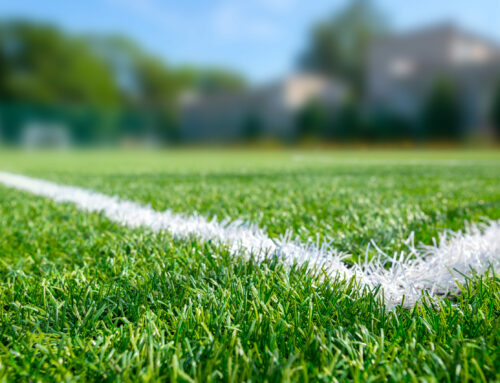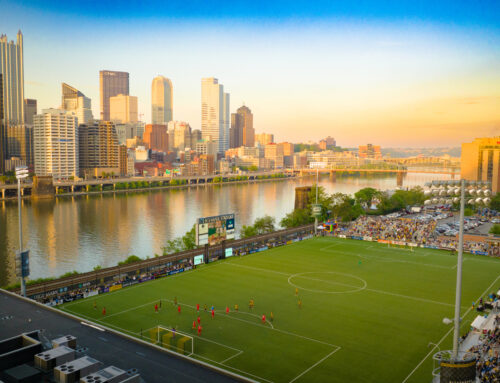Safety of the playing surface dominated the discussions at the recent Synthetic Turf Council (STC) meeting in Las Vegas. As stated by Chris Nowinski during his keynote address, “Artificial turf is a piece of safety equipment” and should be treated with the same attention and seriousness as a helmet or other protective gear.
A cooperation of FIFA, World Rugby and the FIH (International Field Hockey Federation) has resulted in the One Turf Concept for multi-sport fields. It quantifies the “minimum requirements for a quality sports surface focused on the safety of the athlete.” This does not supplant the FIFA Quality Concept for soccer fields but it gives facilities that play multiple sports on the field a guideline to get a similar high quality playing surface. These guidelines reinforce over 30 years of work by these three organizations and should be used as a benchmark for existing and planned fields.
Values are established for shock absorption, vertical deformation, Head Injury Criterion (HIC), planarity, ball roll, ball bounce and traction.
Of particular note, the HIC Requirement is a critical fall height of greater than or equal to 1.3 meters (4 feet, 3 inches) for the life of the surface. Understanding that Critical Fall Height will decrease with time, designers may consider increasing the initial CFH requirement of the new field. Although this still falls short of the HIC of a quality natural turf field (≥1.7 meters) established by multiple studies conducted by the University of Tennessee – TurfGrass Science, it represents the growing consensus that HIC is an important component of a quality sports field. This is evidenced by ASTM’s adoption of the HIC Test method in F-355-16 last year. Unlike G-Max, HIC is based on head injury data from multiple industries, and is a proven measure for head injury severity.

